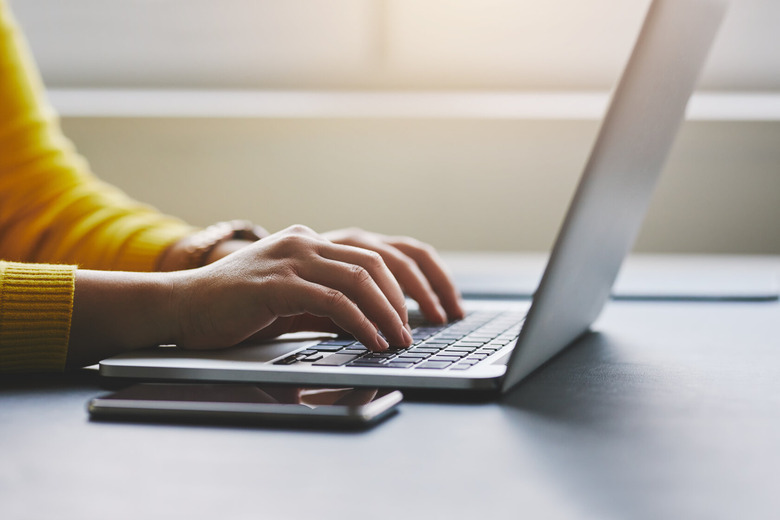3 Gmail Tools That Stop Hackers From Breaking Into Your Email
Gmail is such an indispensable service for many people, that of all the apps a hacker could break into this is probably the one that would cause the most damage to a person's life.
Just think about how much of your life is connected in some form or fashion to your Gmail account. Banking details, doctor's appointments, travel records, and correspondence from friends and loved ones — all of it can make your Gmail account a tempting target for determined thieves and scammers. Luckily, there are a few easy steps you can follow to make sure your account is buttoned up as tight as possible. And we'll talk about a few of those tools and tips you need to know about below.
Gmail account settings
First, did you know Google offers a "Password Checkup" feature? Basically, Google can cross-reference any passwords you've saved to your Google account — such as the password to your Gmail account — against a database of compromised login credentials.
Google will also tell you how "strong" your saved passwords are, depending on the character length and whether they contain a mix of upper- and lowercase characters (plus a mix of letters and numbers, special characters, and the like). This tool will also give you a gentle reminder if you've reused any passwords, which is never a good idea.
Click right here to launch the Password Checkup feature to protect your Gmail account.
Two-factor authentication
🔐 For the best protection: add a 2 step verification for maximum security #PasswordDay → https://t.co/NgtPXc2uey pic.twitter.com/0KirnpTHzd
— Gmail (@gmail) May 5, 2022
This next step is a must-do, really, for any and all of your digital accounts that offer this as an option.
In short, turning on Two-factor authentication (2FA, for short) means that you'll follow two steps, as the name implies, to sign in to your Gmail account. You'll sign in with something you know (a password). And then you'll sign in with something you have (like a phone, which will involve Google texting a code to your phone, that you'll need to input in order to finish logging in to your account).
This Google support page tells you everything you need to know about 2FA. Including how to set it up, and how it works.
Check account activity
One final thing to do is actually something you ought to try and make a habit of doing regularly.
You should check to see where your Google account is actively signed on and in use at the moment. Specifically, on what devices your account is tied to an active session. If you're signed in to your Gmail account, for example, you can click right here to see exactly that.
The longer way to navigate to that page is by following these specific steps:
- First, go to your Google Account.
- From the navigation panel on the left, click Security.
- Then, from the "Your devices" panel, select Manage all devices.
- At this point, you'll see a list of devices where you're currently signed in to your Google Account. Or devices that have been signed in to your account over the last few weeks. You can also select a specific device or login session to see more details about that session.
- It should go without saying, but if you're not sure all the sessions are from devices that you own? Definitely sign out of those sessions.
More email coverage: See how to change your email signature in Outlook.
